Scame Data and telecommunication
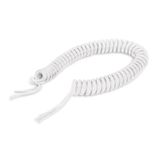
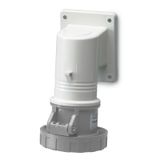
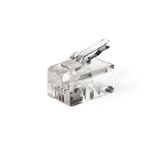
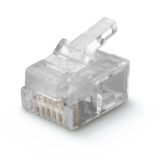
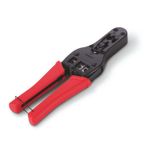


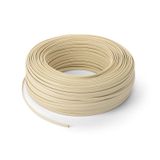
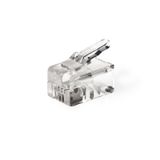
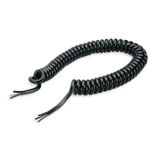

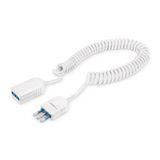
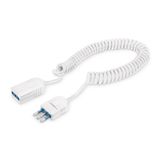

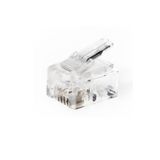
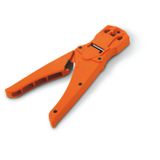
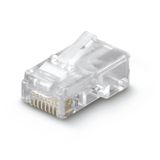
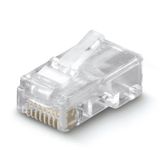
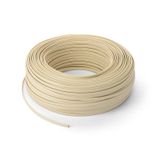
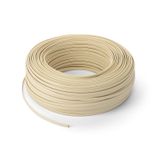


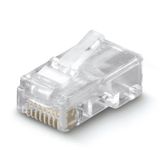
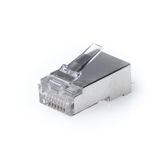
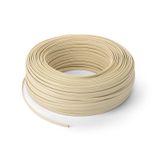
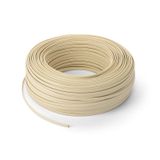



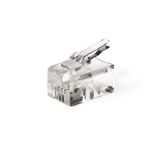
scame data and telecommunication backbone design for buildings and campuses
Project teams use this portfolio when channels must hit their category limits in real ceilings and risers, not just on a bench. Copper pairs cover user outlets, WAP grids, cameras, and PoE lighting; fiber links the rooms and cores with clean latency and EMI headroom. CPR classes span Eca to B2ca s1a d1 a1; jacket options include LSZH for occupied interiors and PE for outdoor links. Bend radii sit where crews expect them (≥8×OD during pull, ≥4×OD dressed), so routes share the same glands and conduits already specified with Scame boxes and enclosures.
scame network cabling categories, shielding, and PoE headroom
Copper families track ISO/IEC 11801: Cat5e U/UTP for legacy voice and light data; Cat6 U/UTP/F/UTP for 1 G channels with short 2.5/5G bursts; Cat6A U/FTP/F/FTP for 10G up to 100 m with alien-crosstalk control in big bundles. Solid 23–24 AWG serves the permanent link; stranded 26–28 AWG works for patching. For PoE (IEEE 802.3af/at/bt), larger copper and tighter twist hold insertion loss and temperature rise inside limits—use ventilated trays and cap bundle counts in warm plenums.
scame structured cabling systems topology, testing, and labeling practice
Design 90 m permanent links with up to 10 m cumulative patching. Keep separation from LV power per EN 50174-2; cross at 90° when paths meet; bond screens at the panel where shielded pairs run near drives or radio. Certify links with Level VI testers to IEC 61935-1, store results by room ID, and engrave panel strips so MAC work doesn’t stall. For dense WAP grids, reserve spare outlets per zone to avoid ceiling rework when layouts change.
Product range and series overview
Copper: Cat5e/6/6A trunk and work-area cords; shielded variants where EMC is tough; pre-terminated cassettes for rapid floor rolls.
Fiber: OM3/OM4 multimode for IDF spurs and short risers; OS2 single-mode for long risers and campus runs; LC/SC terminations with cassette trays and bend-limited management.
Hardware: patch panels with removable keystones, angled fronts for tight cabinets, and tool-less shutters where dust is a problem. Faceplates share 60 mm fixing geometry with Scame wiring devices, so power and data sit on one grid with proper segregation.
Technical specifications and standards
Electrical (copper): 100 Ω ±15 Ω; DC loop resistance typically 148–188 mΩ/m (category and gauge dependent); capacitance ≈45–52 nF/km; NVP ~67–78 %—watch skew when mixing patch lengths. NEXT/PS-NEXT, ACR-F, TCL, and ELTCTL to IEC 61156-5/-6.
Optical (fiber): OM3 10G to 300 m; OM4 10G to 400 m; OS2 essentially distance-limited by optics. Minimum bend: 15 mm (cordage) / 30 mm (loose tube) unless bend-insensitive. Connector loss targets 0.2–0.3 dB per mated pair, splice 0.1 dB typical.
Fire/CPR: EN 50575 Eca–B2ca s1a d1 a1; LSZH jackets for occupied routes; verify reaction-to-fire by zone.
Connectivity: 8P8C jacks to IEC 60603-7 series; IDC accepts 22–26 AWG solid. Patch leads are stranded with snagless boots rated for thousands of cycles.
Thermal/PoE: model bundle size, ambient >30 °C, and containment; keep PSE/PD voltage drop inside 3–5 % budgets on 90 m links.
Applications and compatibility
Office floors run Cat6 to desks and Cat6A to WAPs; labs and arenas favour shielded copper or fiber where EMI and density collide. Production halls place shielded pairs in metal conduit and bond correctly to avoid common-mode noise. Residential blocks still require MATV/SMATV alongside data; the same faceplate geometry hosts RF, power, and keystones cleanly. When a design needs compact I/O on control panels, planners list scame communication modules for keystone-format serial/low-voltage terminations that share the same mounting frames.
Integration with other brand products
Keystone frames land in the same multi-gang plates used with Scame wiring devices; segregation rings keep LV and ELV apart. Enclosures, cable glands, and trays mirror thread sizes and hole maps across families, so cabinet entries retain IP/IK without odd adapters. Distribution boards host DALI PSUs and SPD protection; patch cabinets align visually and mechanically—useful when telecom rooms sit beside electrical cores. On design drawings, many engineers refer to “scame lan wiring solutions” for outlet fields plus “fiber risers” to keep responsibilities clear between trades; the phrasing avoids scope drift during handover.
Selection criteria for B2B clients
Performance envelope Choose Cat6 for 1 GbE user ports and light PoE; select Cat6A for 10G uplinks, Type 3/4 PoE, or dense AP grids.
Shielding strategy U/UTP in quiet offices; F/UTP or U/FTP near lifts, VFDs, or long parallel power. Bond at the panel and verify continuity.
Pathways and thermal Plan tray fill and ventilation; stagger big bundles; avoid foam-packed plenums that trap heat.
Termination method Standardise on a jack family and tool set; specify angled panels where depth is tight; store test PDFs against room IDs.
Growth and MAC Hold 20–30 % spare ports per rack unit; keep slack loops managed, not stuffed; reserve empty tube strands in risers.
Documentation QR-tag panels to the as-built set; record PoE class by outlet where lighting or cameras are in scope.
Advantages of working with Bankoflamps
You get Individual B2B Prices tailored to your outlet and WAP schedule, plus a Personal Account Manager who stays with the job. Stock availability is live across our and partner warehouses. Send a Request a quote online and expect a fast response—usually within 1 hour. Fast Order Placement by EAN/MPN keeps your ERP clean; Download Price Lists anytime for current revisions. Track builds with Lead Time Tracking and use Purchase History Access to standardise categories and patch lengths across sites. Eligible accounts can use Post-Payment for Trusted Clients up to 30 days. We provide Consolidated Order Management with Smart Delivery Cost Estimates at order and final confirmation before dispatch, and we hold Stable Prices With Validity Dates so phased works remain predictable.